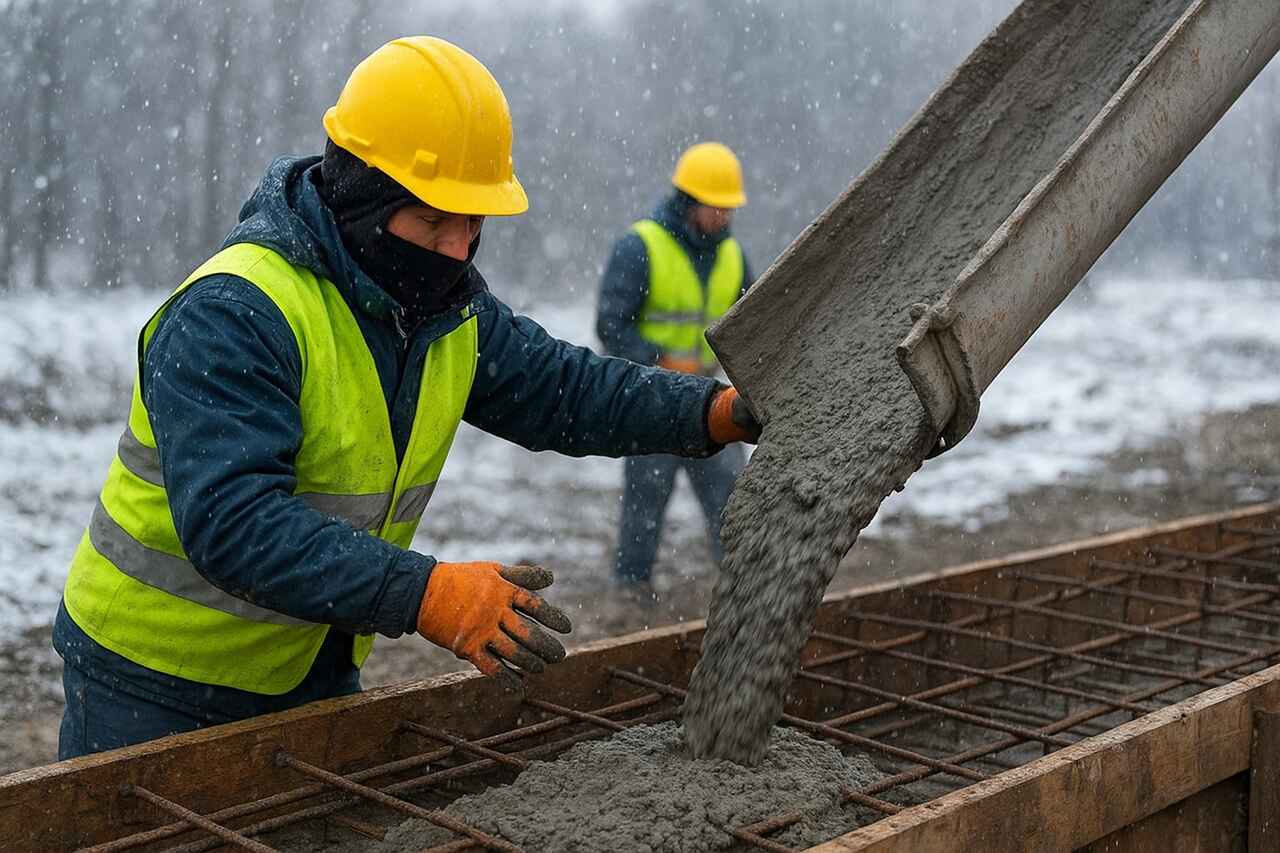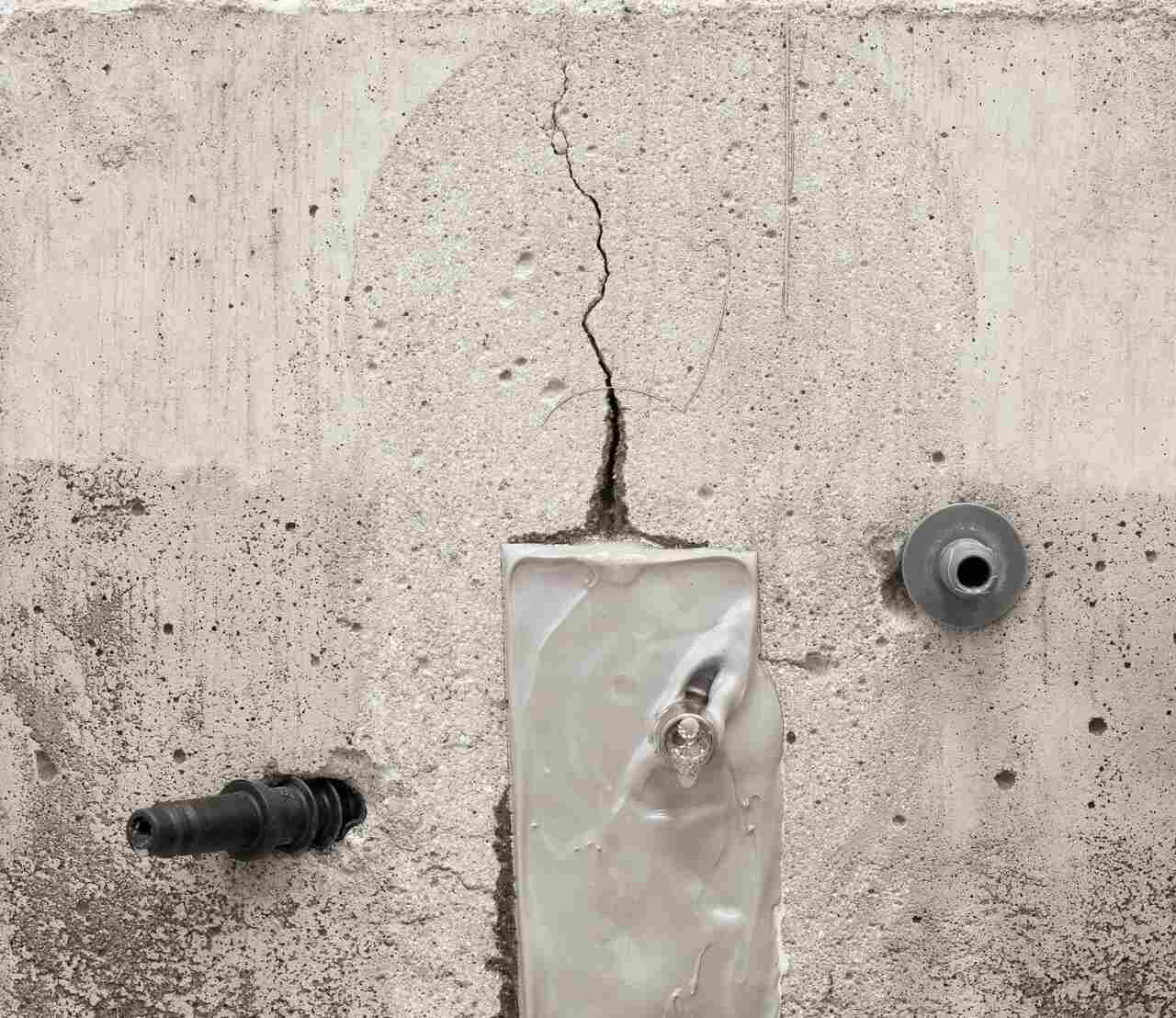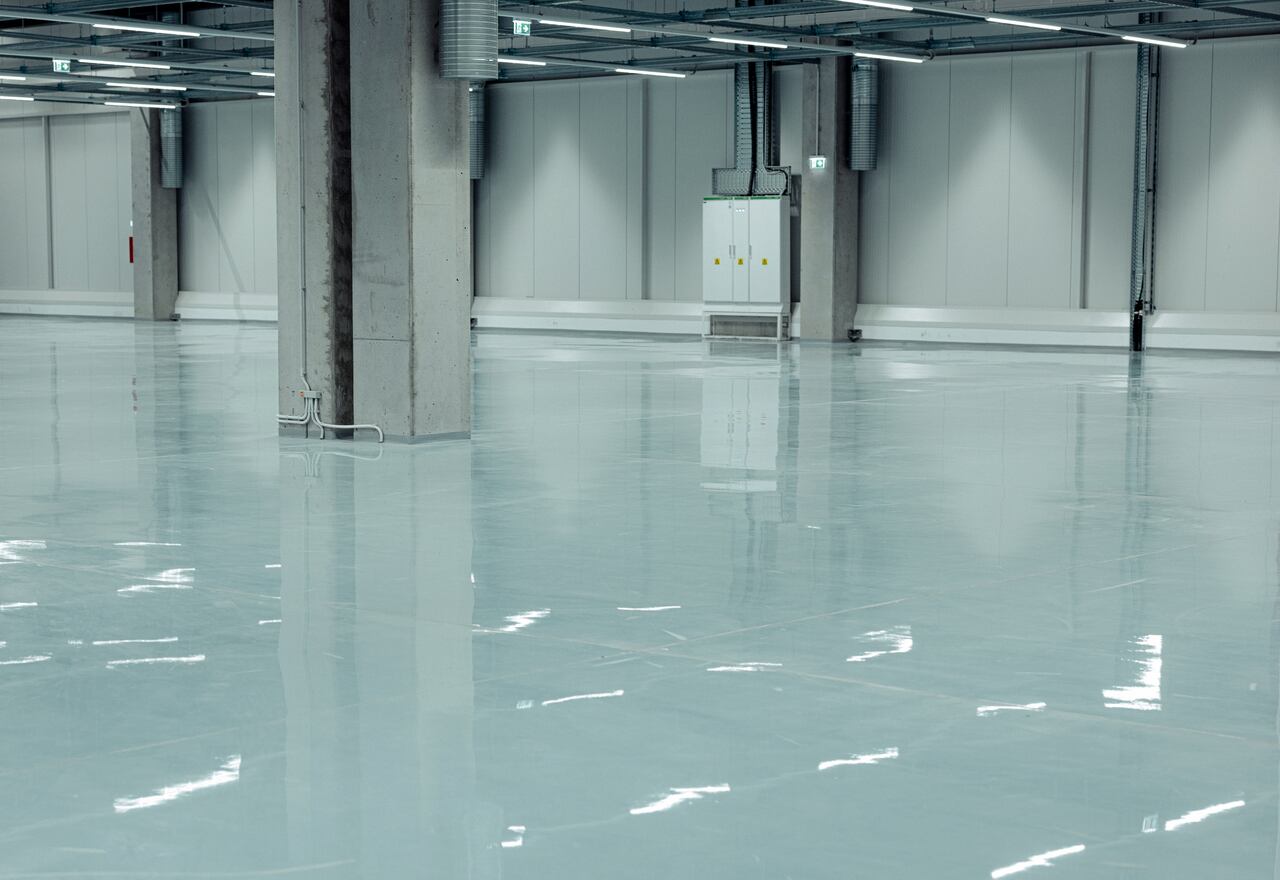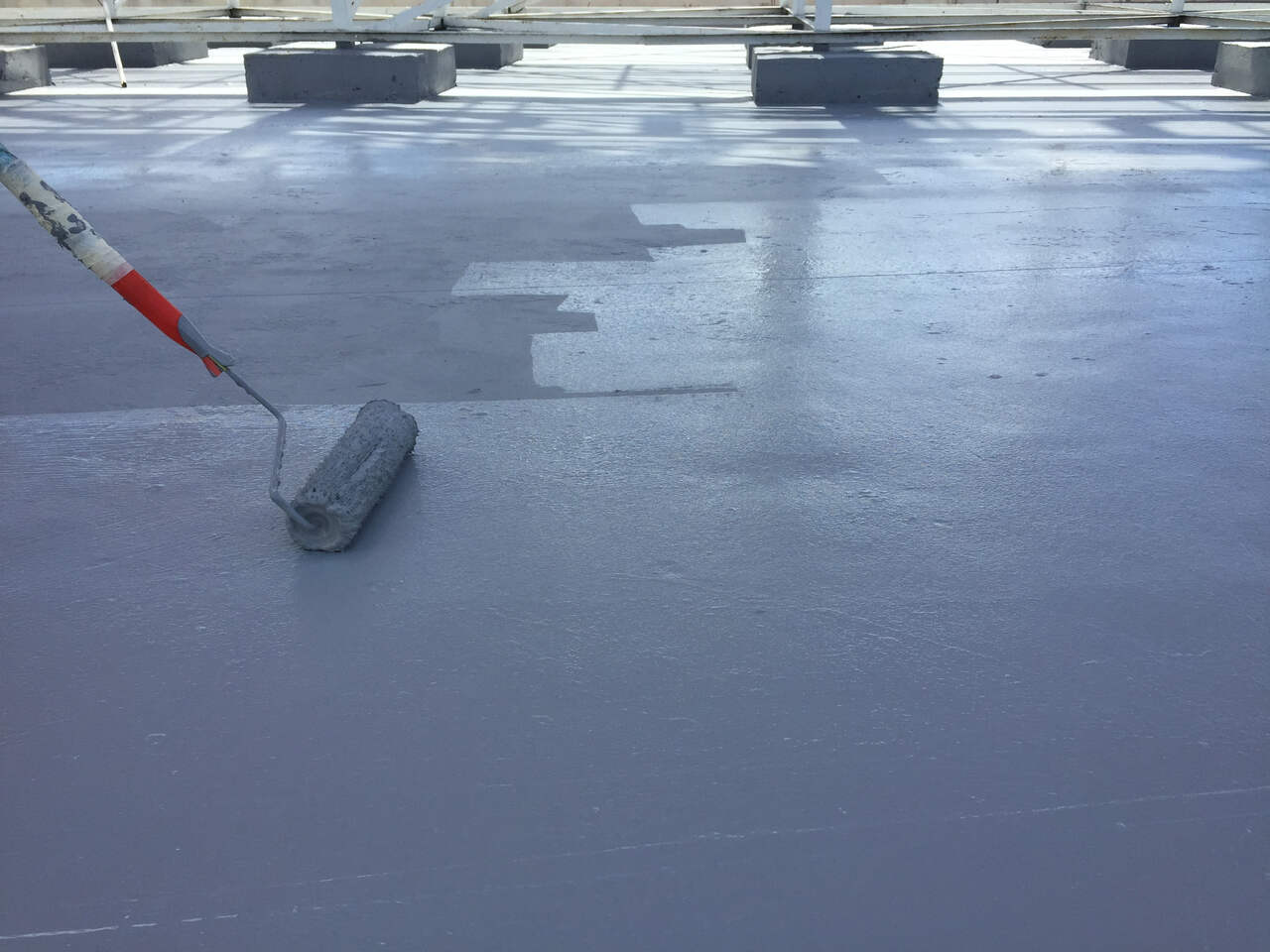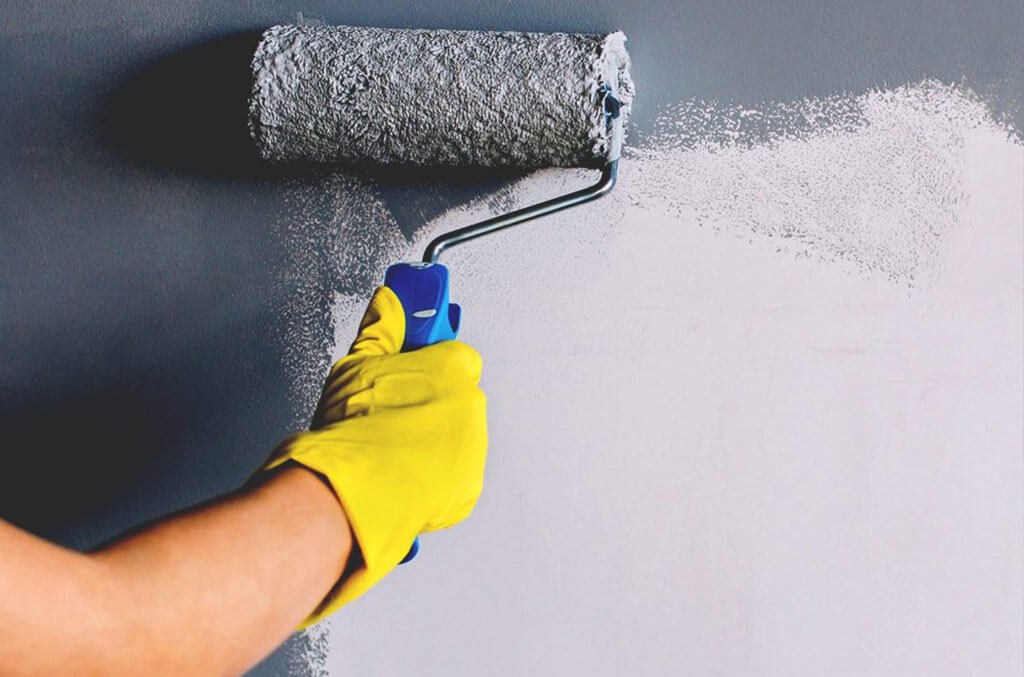
Construction paints are the most basic finishing material of a building as it provides an aesthetic appearance as well as protecting the building. However, different types of paints are used for the interior and exterior of the building. Interior and exterior paints are specially developed to prevent the building from being adversely affected by external factors. So why is the paint used in a building divided into two as interior and exterior, what is the difference between interior and exterior paints?
Before answering these questions, let's take a closer look at paints and then take a look at the raw materials contained in interior and exterior paints. Thus, we can make the answer to the question of what is the difference between interior and exterior paints more understandable.
Water-based paints are the most preferred paints for home use. These types of paints are made of water, binder, filler, pigment, and additives. The types and ratio of these substances vary according to the properties of the paint.
Paints are divided into usage areas such as industrial type, marine type, wood paint, metal paint. For domestic paint, two types of paint come to mind: interior paint and exterior paint. Users mainly try to choose the paint that will give the best performance and aesthetic appearance among brands, colors and varieties. Therefore, they seek answers to questions such as which interior paint is the best and which exterior is the best.
The answer depends on the usage area and the cost of the paint. Essentially, what is expected of paint is a good covering and long-term protection. Also, aesthetic appearance and cost are undoubtedly significant.
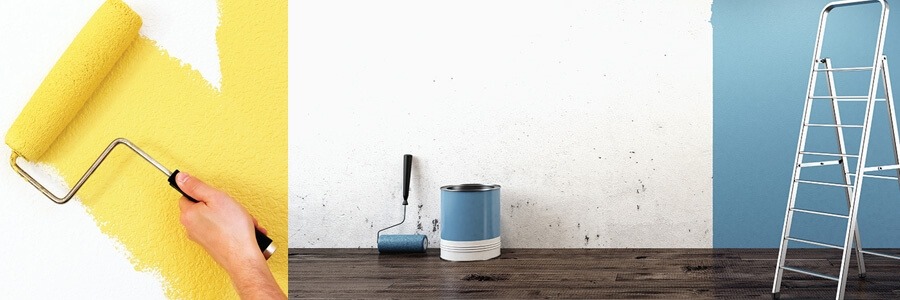
Interior paints are paints used in the interior of the building, in areas such as rooms, hallways, offices, bathrooms and kitchens. The most basic features of paints used in interior walls are that they have good coverage, do not contain harmful substances to human health and provide an aesthetic appearance. Features such as dirt-repellent, gloss, and being cleanable may also be among those expected from interior paint, depending on the needs of the user.
While interior paints used to be solvent-based in the past, water-based products have been used today. Because the solvent emits many gases harmful to human health during and after application. In water-based paints, since the carrier phase is water, the water inside evaporates while the paint dries, so it does not cause any harmful effect on human health.
If you wish, you can examine the articles we have detailed for you in the rest of the content as construction chemicals specialist Baumerk to better understand the answer to the question of what is the difference between interior and exterior paints.
Everything You Need to Know About Interior Paints
What Is The Best Interior Paint?
Paint manufacturers have classified paint types according to the area of use of the paint such as interior paints, exterior paints, wood paints, metal paints. These classifications are made according to the properties and contents of the paint. The prices of the paints are also determined accordingly.
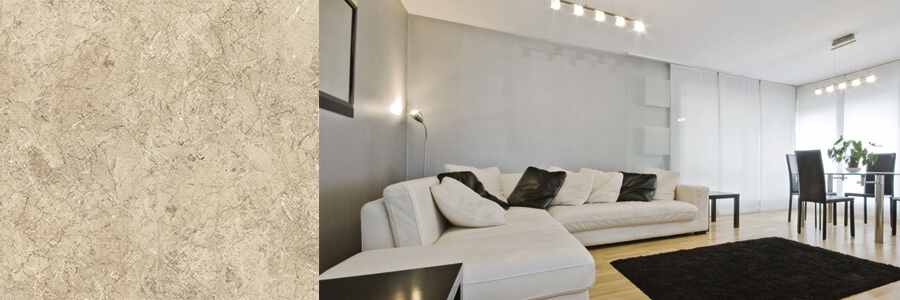
In the interior paint selection, the user makes a choice according to the color and brightness of the paint. Interior paints differ according to their gloss levels such as glossy, semi-gloss and matte. Besides, since the kitchen is a section that is used more than other areas of the house and is more likely to be contaminated, more specific paint may be preferred here.
Choosing a cleanable or dirt-repellent paint in the kitchen provides long-term use. Apart from this, choosing 0% VOC paint and using a cleanable paint in children's rooms extends the life of the paint.
How to Paint Interior Walls?
You can paint your house yourself without professional support. The steps you need to do for this are quite simple, but for long-lasting use, you should carefully follow these steps.
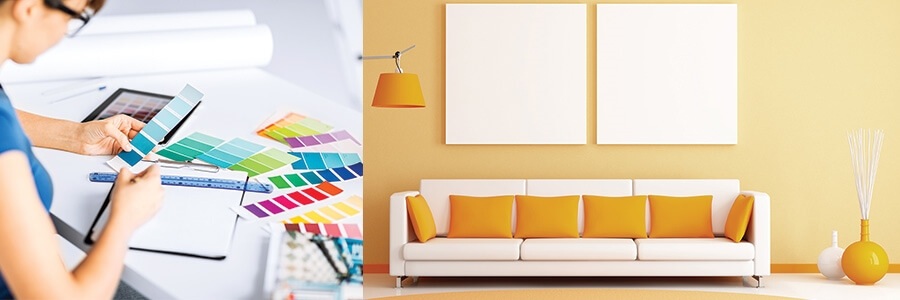
First of all, you should prepare the surface on which you will apply the paint well. Old paints must be sanded and repaired if there is any crack or hole. After the surface defects are repaired and the paint is sanded, the surface should be free of dust and a suitable primer should be applied to it. Paint can be applied after the primer has dried.
Before using the paint, the instructions on the packaging should be read and the action should be taken accordingly. Water-based paints do not need to be thinned. When thinning with water, the paint may lose its hiding power and cause flow problems as its viscosity will decrease.
How Long for Interior Paint to Dry?
In addition to the advantages of water-based paints such as not containing harmful chemicals to human health, ease of application, wide color range compared to solvent-based paints, the drying time is also very short. Water-based paints become available for the application of the second coat within 2-3 hours, depending on the temperature of the application environment, season and weather conditions.
It takes between 5-7 days to paint fully dry and acquire its final properties. The interior wall paint can dry and be ready to sit within 1 day. However, it should not be forgotten that an average of 7 days should be waited for the paint to have its final properties and the paint should be protected within this period.
How Often Should You Paint Your House Interior?
The usage conditions of each room in our house are different from each other and the rooms differ for each family. Parents' bedrooms are less used and dirty rooms. Therefore, the need to change the paint here is usually caused by the desire to change the color or pattern. In such rooms, paint renewal can be done between 5 and 7 years.
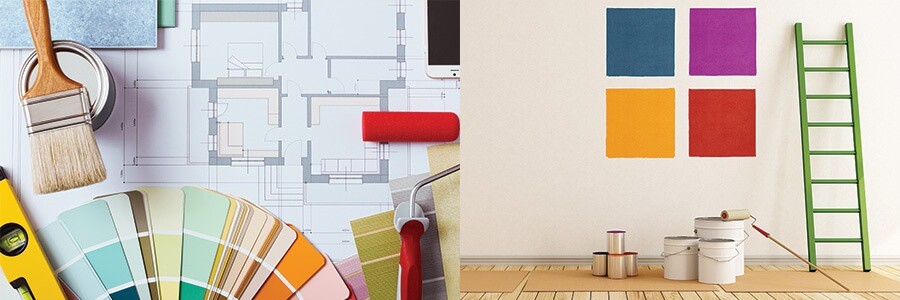
Children's rooms, on the other hand, have surfaces that are used more and become dirtier. In such rooms, the paint renewal process can be brought to the agenda between 2 and 4 years. Since the kitchen is an area frequently used and exposed to dirt such as oil and food residue, the paint of the walls could be changed between 2 and 4 years.
As can be seen, the times when interior facades need repainting vary according to the conditions of use and room types. Generally, a 5 to 7 year will be sufficient to repaint a house.
Everything You Need to Know About Exterior Paints
What Is The Best Exterior Paint?
In exterior paints, besides its aesthetic appearance, the ability to withstand external conditions is also important. Paint to be used in the outdoor environment is expected to be resistant to discoloration, dirt-repellent, and weather resistance.
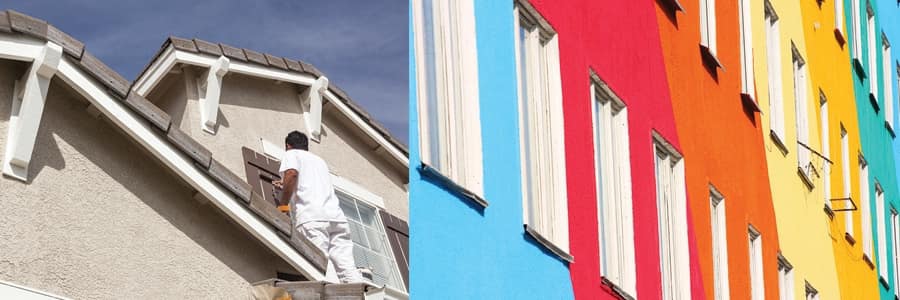
Exterior paints can also be water-based. Besides, acrylic-based, silicone and grained paints could be among the options as well. Silicone paints have the effect of repelling dirt and thus they hold less dirt than acrylic paints. Grainy paints create a textured image due to the ingredients. Here, as in the interior, selection can be made in line with the aesthetic appearance desired by the user.
Unlike interior paints, exterior paints require professional craftsmanship. However, you can paint the small parts of the house such as the balcony by yourself as it will see relatively less rain. In the painting process, the same rule applies as for the interior application. In other words, the application surface should be prepared properly and the application should be made in accordance with the paint usage instructions.
Textured, grained or mosaic stone paints can also be used in exterior applications. These paints contain ingredients that create a texture effect. Applications are mostly made with equipment such as a trowel.
How Long Does Exterior Paint Need to Dry Before Rain?
The second coat application time of the paints used on the exterior is generally 2-3 hours. It can be applied 6-7 hours before precipitation in rainy periods. It is also recommended to wait a minimum of 1 day for applications after rain.
An application to be made on the wet ground causes the paint to blister, not adhere well to the surface and loss of performance. For exterior paints, it should not be forgotten that the paint gains its final hardness and strength within 5-7 days. Therefore, days without the risk of rain and warmer weather should be preferred for exterior renovation processes.
Can the Exterior Paint Be Applied to the Interior Wall?
A paint used on the exterior can also be used on the interior if desired. However, the paint used on the interior is not suitable for exterior use. Exterior paints have higher performance than interior ones. These are paints that are more resistant to outdoor conditions. They are not affected by rain and do not fade.
In accordance with these features, it has higher performance binders and additives in its content. Therefore, their prices are higher compared to interior paints. For this reason, the use of paint used on the exterior wall on the interior will increase the cost.
Textured-effect, mosaic stone paints can also be used on exterior facades. These paints create different aesthetic stances on the facade used. It is also possible to use such paints on interior walls if desired.
This may also interest you:Fireproof Material For Indoor And Outdoor Wall Applications
